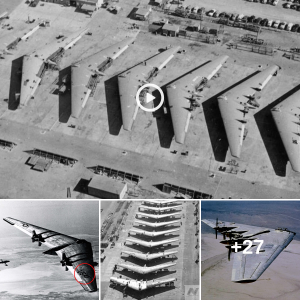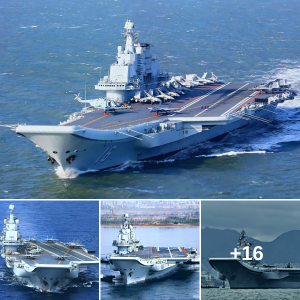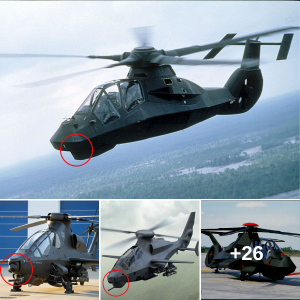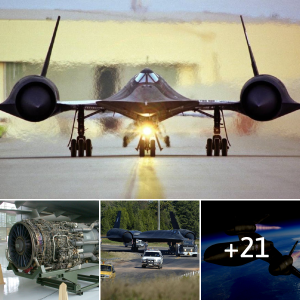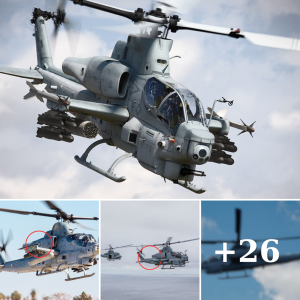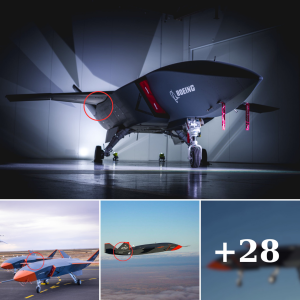The H-2 Seasprite was developed in response to a 1956 US Navy requirement for a shipborne high-speed and all-weather helicopter, that would perform long-range SAR, liaison and utility missions. The first or four prototypes made its maiden flight in 1959. The type entered production as the UH-2A. By the mid 60s about 170 of UA-2A and UH-2B helicopters were produced.
The initial production helicopters were operated by a crew of two. It could carry about 10 troops or cargo.
The UH-2A and UH-2B helicopters had a single General Electric engine, developing 1 250 shp. The rotor blades are foldable to make deployment on ships easier.

Later variants were progressively improved and upgraded, gaining a second engine, dual main wheels, and four-bladed tail rotor. The most widespread were anti-submarine versions of this helicopter.
Variants
UH-2A initial production model, intended for search & rescue, liaison and utility missions.

UH-2B utility transport helicopter, similar to the UH-2A. A total of 102 of these helicopters were built.
UH-2C variant with two General Electric T-58-GE-8B engines, developing 1 275 shp each. This helicopter is also fitted with new electronic equipment for operation in adverse weather conditions. It was also fitted with some armor protection and was armed with three machine guns. Since 1967 all previous production UH-2A and UH-2B helicopters were upgraded to this standard.

HH-2C an armed search & rescue variant. It was used by the US Marine Corps during the w4r in Vietnam.
HH-2D search & rescue variant, operated by the US Coast Guard. Six of these helicopters were delivered in 1970.

SH-2D, a dedicated anti-submarine ωλɾʄλɾɛ version. It is operated by a crew of three. The US Navy selected the SH-2D as an interim LAMPS I (Light Airborne Multi-Purpose System Mk I) platform. It was fitted with an undernose search radar radome, magnetic anomaly detector on the starboard fuselage pylon and a removable sonobuoy rack. The SH-2D entered service in the 1972. A total 20 helicopters were converted to the SH-2D standard.
SH-2F a definitive anti-submarine version. It provided outer defensive screen for the carrier battle groups. It was also used for over-the-horizon targeting of anti-ship missiles. The SH-2F was fitted with improved T58-GE-8F engines (1 350 shp each), improved main rotor, strengthened landing gear. A tailwheel was relocated farther forward.

The helicopter was also fitted with improved Marconi LN-66HP surface search radar, towed MAD bird and a tactical navigation and communication system. Deliveries of this version began in 1973. Some 88 helicopters were converted from earlier variants. During the 1991 Gulf W4r the SH-2F tested the ML-30 Magic Lantern laser sub-surface mine detector.
SH-2G Super Seasprite is a modernized and upgraded version. It entered service in 1991. Six of these helicopters were built as new, plus further 17 were converted from the previous SH-2F model. The SH-2G was the last US Navy helicopter to fly the LAMPS I ASW mission. Later the active-duty SH-60 fleet carried the improved LAMPS III system. Two squadrons of the SH-2Gs were re-rolled to carry out new missions, such as long-range surveillance, anti-surface and anti-submarine ωλɾʄλɾɛ, search and rescue, airborne mine countermeasures and utility missions.

The Super Seaprite was retired from the US Navy in 2004. However other nations, such as Egypt, New Zealand, Peru and Poland are actively using this still-capable helicopter. Some of these were rebuilt and upgraded from the US Navy stocks. Egypt received 10 rebuilt SH-2G(E)s in 1997. Royal Australian Navy received 11 SH-2G(A) and Royal New Zealand Navy – 4 SH-2G(NZ) helicopters. These entered service in 2001.
